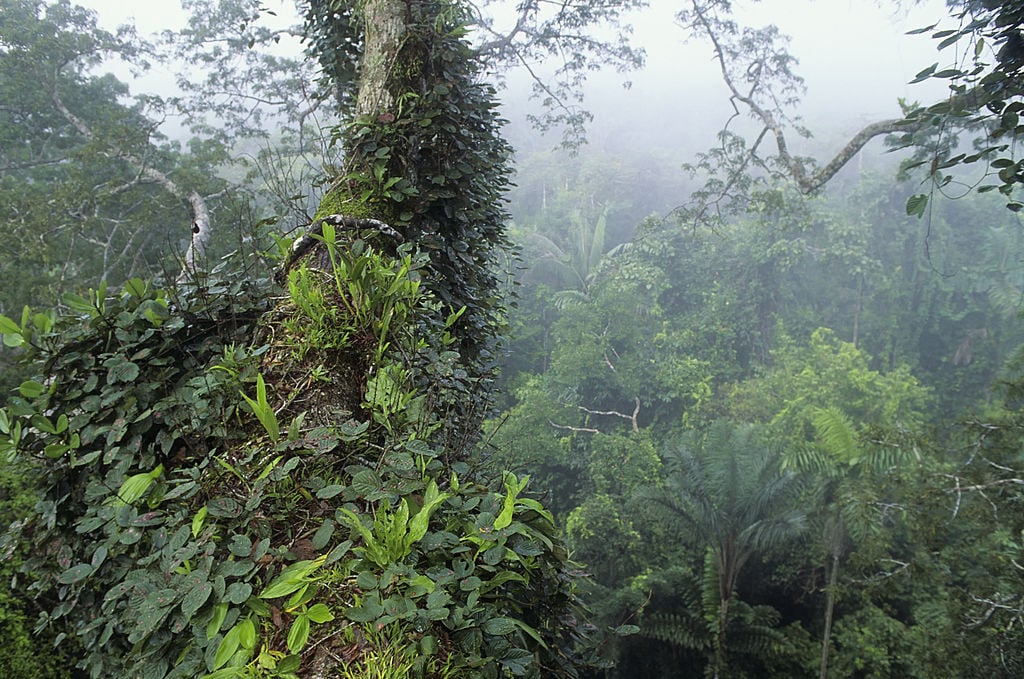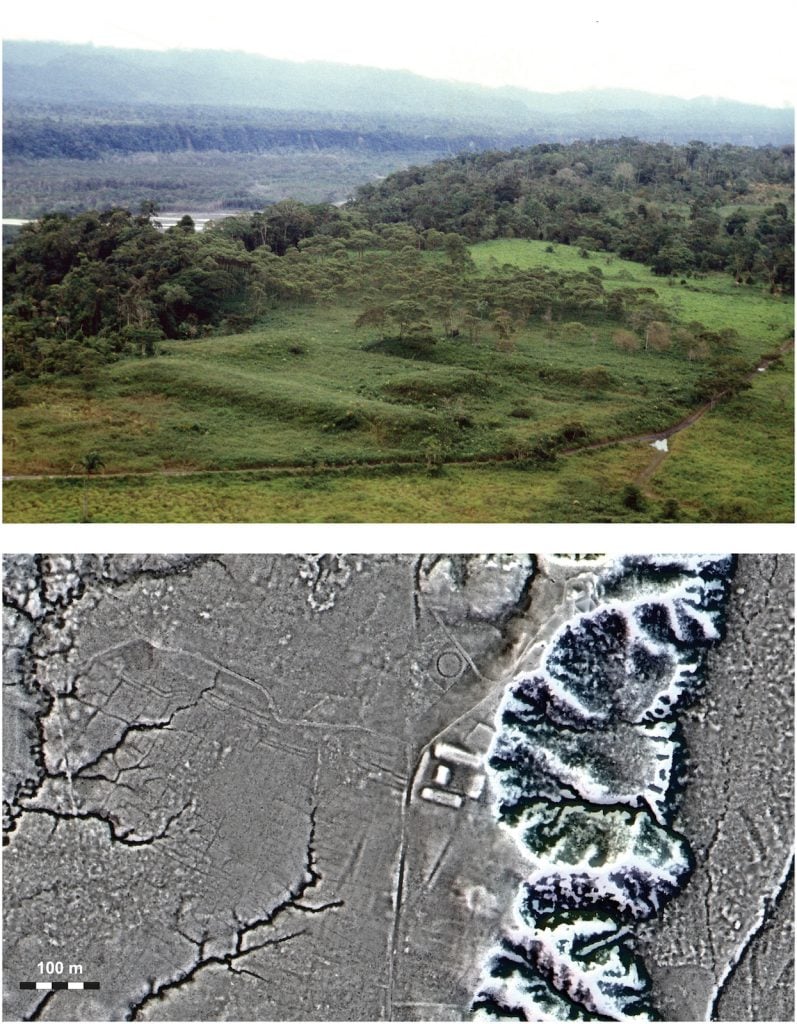Archaeology & History
Evidence of a Vast Ancient City Is Discovered Deep in the Ecuadorian Amazon
The complex, which one archaeologist likens to ancient Rome, was inhabited for centuries.

The complex, which one archaeologist likens to ancient Rome, was inhabited for centuries.

Brian Boucher

Get ready “to rethink the entire human past of the Amazon,” says archaeologist Stéphen Rostain. After two decades of field work and research, the French archaeologist has unveiled evidence of a complex city that rose up in the Ecuadorian Amazon some 2,500 years ago and may have been home to as many as 30,000 souls. They lived there from 500 B.C.E. to between 300 and 600 C.E., and then, for reasons as yet unknown, abandoned the site, which would then become overgrown with the forest’s vegetation, and remain unknown until a local priest stumbled upon it in the 1970s.
“It was really a lost valley of cities. It’s incredible,” says Rostain, the director of investigation at the National Centre for Scientific Research in France, speaking to the BBC. The discovery was made in the Upano Valley in the eastern foothills of the Andes. Kilamano and Upano cultures erected homes on raised platforms situated around plazas.
Rostain is lead author on a paper published last month in Science that lays out the findings of a team of archaeologists, geoscientists, and archaeobotanists.

A complex of Earth platforms (top). Drained fields are visible around the artificial mounds on the LIDAR image (bottom).
The urban complex, which stretched over some 115,000 square miles, was studied partly using the laser-scanning technology known as lidar (Light Detection and Ranging). It was home to plazas, roads, canals, and ceremonial sites. The city spans an area comparable to that of Egypt’s Giza Plateau, home to three pyramids and the Great Sphinx. Rostain likens it to ancient Rome in its size and in the length of time it was inhabited.
It consists of more than 6,000 earthen platforms distributed in a geometric pattern. While previous studies have described mounds and monuments in the region, these are far larger and more complex. It also was home to straight, wide roads that stretched over great distances, one extending more than 15 miles, the widest more than 30 feet across.
The authors point out that when Spanish conquistador Francisco de Orellana reported seeing great cities along the banks of the Amazon in 1541-42, he was called a “fabulist.” In the 1980s, archaeological finds indicated substantial pre-Hispanic settlements along the river, revealing that he was telling the truth.
Unlike ancient structures built by the Maya or Inca, the structures in this newly revealed city were doubly hidden, partly because they were deep in the jungle and also because, as Rostain points out, they were made of earth rather than stone.